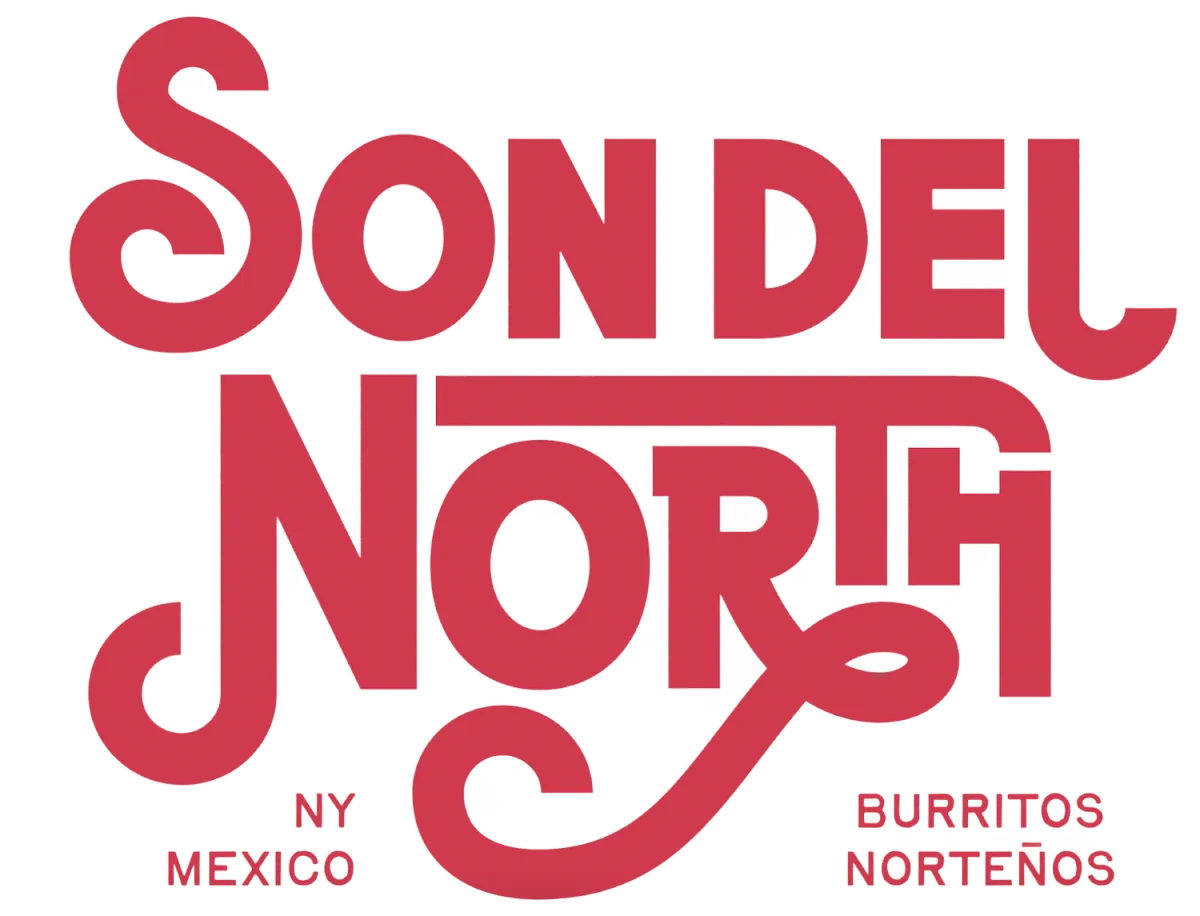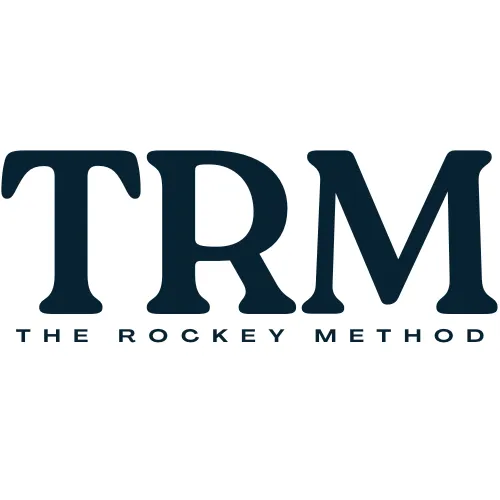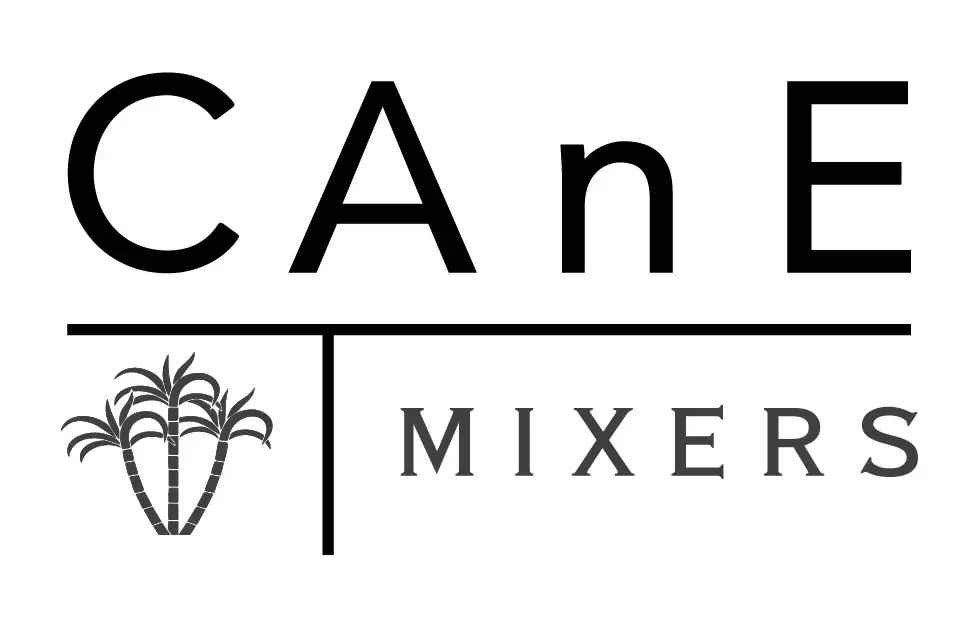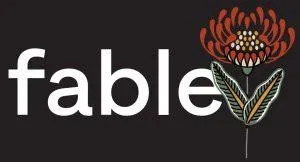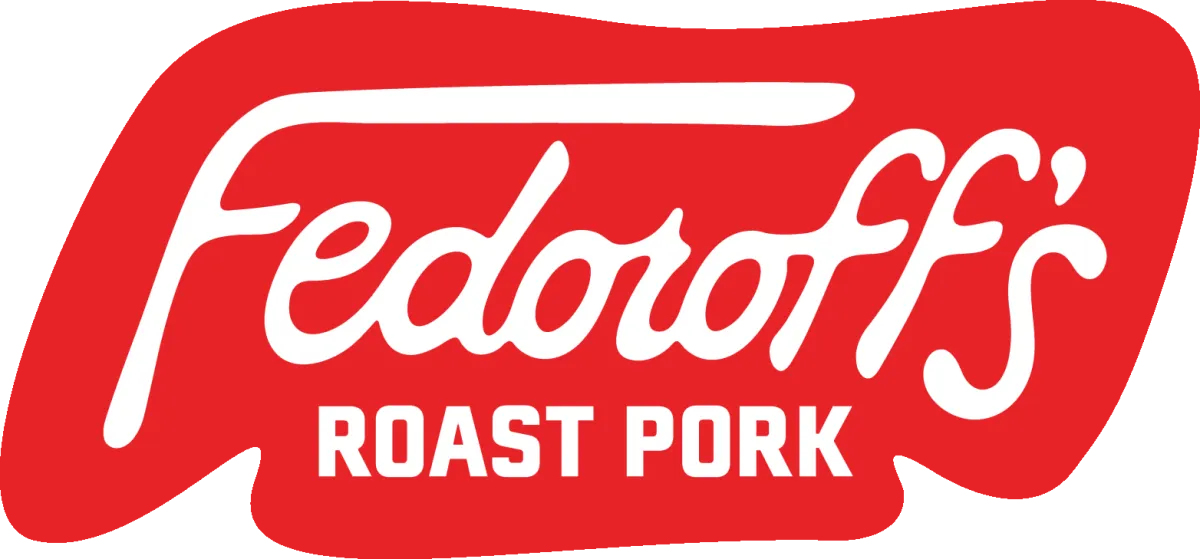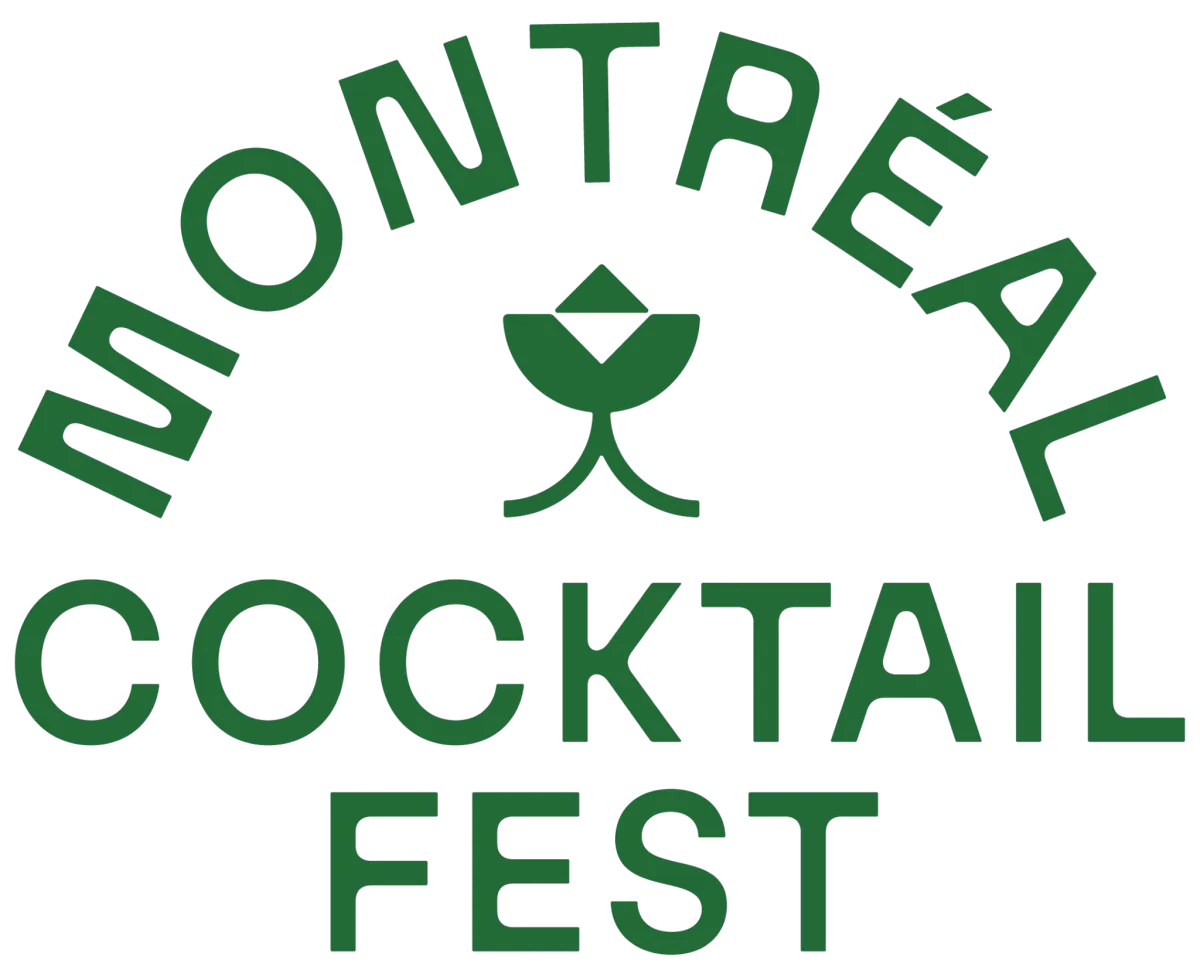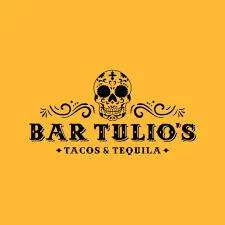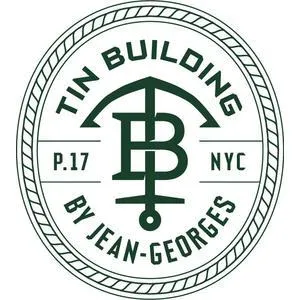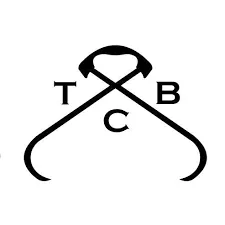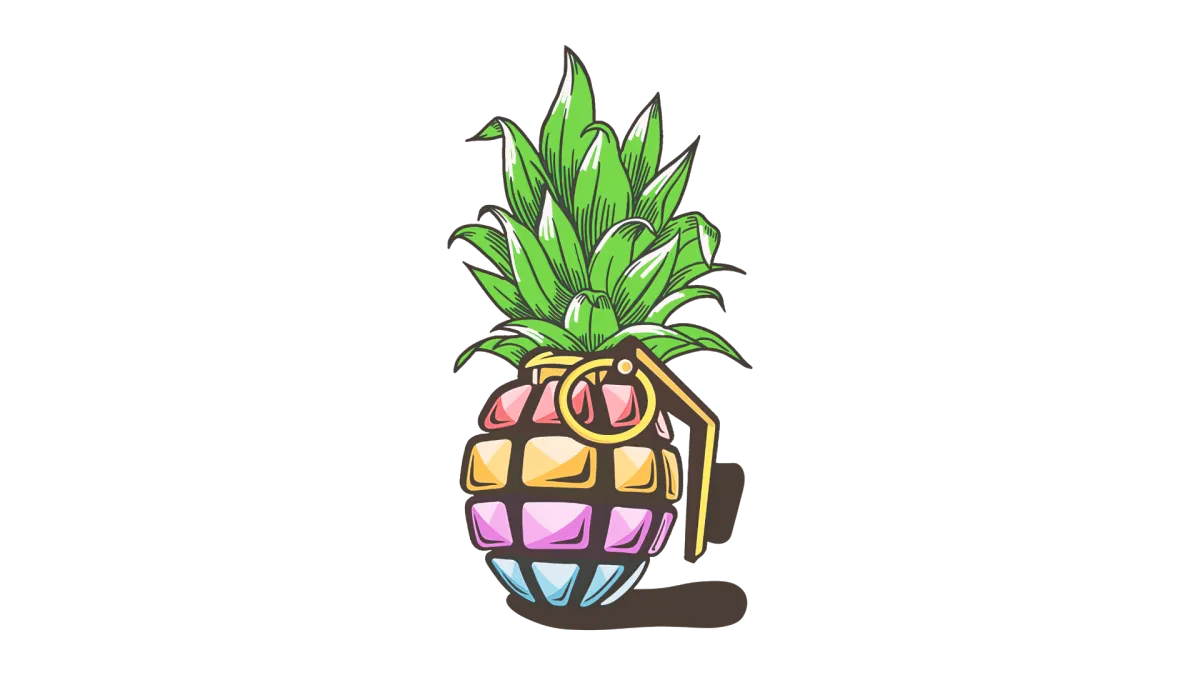
Hi. I'm Jason.
I help beverage and hospitality brands grow consistently with scalable systems.
Complete Sales, Marketing and Operations systems installed in as little as 3 days.
Hands Free: Most systems work in the background. Set it and forget it.
Save 15+ Hours a week minimum
Done For You Custom Installation and Onboarding
Manage on the go with the Mobile App
Fully Branded with your domains and brand
Detailed weekly analytics and reporting
1:1 Human Support (with me)
Flexible Plans, Pricing, and Payments
100% Happiness and Results Guaranteed
Owner POV
"If I don't do it myself it won't get done."
"I can't afford to invest in SEO or advertising"
"We're getting great word of mouth, things will pick up."
"It's just the slow season", or "The economy is shit right now"
"Tuesdays are always slow"
"I suck at marketing, and absolutely hate it."
Guest POV
"The other place only had 4.2 stars from 27 reviews."
"I called about my allergies and they texted me right back ."
"The owner texted me saying thank you last time"
"My choice is a reflection on me. It has to be good."
"I googled "Best Margarita near me and you popped up first."
"Let's just go to the place we always go to".
"This has both saved me time and Increased our guest retention by showing we care about guest experiences."
-Ben

"It opens a ton of doors for you without exhausting your own time and efforts. The support from the team and the automations have all been very helpful and fluid."
-Jen

"[Jason is] reliable, genius, integrous and open. Without a doubt, man of his word who is open to change, clear on objectives."
- Samantha

"Honestly, I’m not technical. But your team walked me through it all, and it just works."
-Cliff

"Without this system, we would’ve lost half our leads. This fixed the cracks we didn’t know we had."
-Samantha

I Saw a 5x Return -- That's Real
- Ezra

Who is Jason Littrell?
Jason Littrell is a seasoned cocktail maker, bar consultant, event producer, speaker, author, and brand marketing expert with over a decade of experience in the hospitality industry.
What services does Jason Littrell offer?
Jason offers a range of services including bar consultancy, cocktail menu development, staff training, event production and management, keynote speaking, educational workshops, and brand marketing strategies in NYC, 100% free of charge. For more details, please use the chat widget or contact form.
Can Jason Littrell help in designing and setting up a new bar?
Absolutely. Jason specializes in bar consultancy, including design, menu creation, staff training, and operational efficiency, tailored to the unique needs of each client.
As a speaker, what topics does Jason typically cover?
Jason speaks on a range of topics including cocktail culture and history, bar and hospitality industry trends, brand building, and customer engagement strategies.
Has Jason Littrell authored any books or articles?
Yes, Jason is the author of Bartender as a Business, and contributed to several publications in the field of cocktails and hospitality.
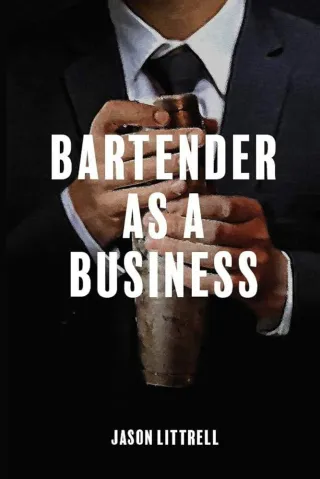
How does Jason approach brand marketing in the hospitality sector?
Jason combines his deep industry knowledge with innovative marketing techniques to create compelling brand narratives and engagement strategies that resonate with target audiences.
What is Kinetic Management Systems?
KMS is the business Jason owns that implements hospitality management systems for sales, marketing HR, and operations. This site is built with KMS, and if you call any of the phone numbers, fill out any of the forms, engage with the chat, you're engaging with KMS systems. For more info, check out kmsops.com
What makes Jason’s approach to cocktail making and bar consultancy unique?
Jason's approach is rooted in a deep understanding of both the art and science of cocktail making, combined with a keen insight into current trends and customer preferences, making his consultancy highly effective and personalized.
Terms of Service

(C) 2025 Critical Mass Events, LLC (d.b.a. Jason Littrell, Ltd.)
All Rights Reserved
Text or Call 917-983-2150
